Derived from French and Latin roots, bizzaro, meaning ‘lively,’ the term ‘bizarre’ is applied for an unusual appearance, style, elements, or characteristics. It is also applied to unexpected, strange dress or behavior. The term is synonymous with ‘weird.’ In search of new segments for the market, the early, famous film producers tried to explore untrodden paths. In their quest they mostly ended up with some weird and bizarre movies, but many of them were box office hits. It was probably due to the opportunities created by these movies to drift away from the overly monotonous, romantic, or adventurous routines. Created in the late 19th and early 20th centuries, these films were mostly irrelevant to real life aspects and were more surrealistic in nature. Unexpected effects, achieved through placement of opposites side by side, attracted the attention of many viewers. A few of these films even crossed the limits of decency, and some were even rated as obscene. Aliens, dark creatures, and unseen, weird objects of unimaginable appearances, characteristics, and effects were mostly the predominant elements in the composition of these pictures.
1. Black Moon
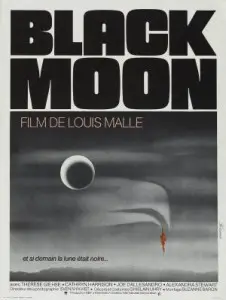
Black Moon is a 1975 film directed by Louis Malle and starred by Cathryn Harrison, Joe Dallesandro, and Therese Giegse. The film seems to fall out of the normally accepted social limits. It was shown at the 1975 New York Film Festival. The film revolved around Lily who was a confused teenager. She arrived in a country environment where she confronted strange and unusual practices and events. Sheep were rounded up by naked children, and a man called Joe Dallesandro, who was caretaker of the land, did not communicate except by touching. His sister, also named Lily, helped with rounding up the sheep. There was also an old, bedridden lady named Therese Giehse who communicated with rats. She was demanding when hungry and was breastfed by the first and second Lily. The film won two Caesar Awards for sound and cinematography.
2. Possession
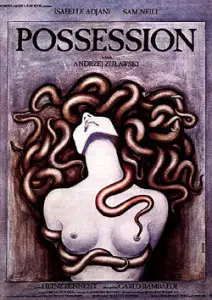
Possession is a French film directed by Andrzej Ã…»uÃ…’šawski and produced by Marie-Laure Reyre and written by Frederic Tuten. It starred Isabelle Adjani and Sam Neill. The story is about and the wife, Anna, who wanted a divorce. Marc suspected it was due to a love affair with someone else which, however, was not the case. Their infant son Bob was caught between their confrontations. Bob’s teacher, Helen, markedly resembled Anna, but differed temperamentally. Marc was attracted towards her. Marc and Anna had many fights and, with the help of a private investigator, Marc in the end arrived that Anna’s distraction was not due to her love affair with anyone. It was due to some queer and irresistible obsession on her part. Isabelle Adjani won the Best Actress Award at the Cannes Film Festival in 1981. She also won the Caesar Award for Best Actress for her outstanding performance in Possession.
3. Mondo Cane
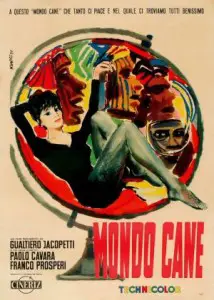
Mondo Cane means ‘a dog’s world’ is a feature film directed and produced by the Italian filmmakers Paolo Cavara, Franco Prosperi and Gualterio Jacopetti. It was a cocktail of travelogues containing events which were only too unusual and shocking for the Western audience. The scenes were discontinuous, showing contrasting reflections from various social backgrounds. For example, in Pasadena, California, pet owners were shown mourning their beloved pet dog in a cemetery while, contrarily, dogs were shown being butchered and skinned alive for their meat in Taipei, Taiwan. Mondo Cane was a commercial success and was followed by many other feature films including mondo in their titles.
4. Triumph des Willens

Triumph des Willens, meaning ‘triumph of the will,’ is one of the greatest films in history, yet is regarded as a bizarre film on account of the objectives it aimed to achieve. Written in the German language, the film was directed by Leni Riefenstahi, and it was released on March 28, 1935. In addition to many other Nazi leaders, the film’s stars included Adolph Hitler, Heinrich Himmler, Herman Goring, Joseph Goebbels, and 30,000 extras. The film focused towards projecting the return of Germany as a great power with Adolph Hitler to emerge as the true and greatest leader of Germany. It was rated as the best propaganda film. On account of its innovative use of the long-focus cameras, aerial photography, and cinematography, the film was recognized the world over.
5. Le Charme Discret de la Bourgeoisie

Le Charme Discret de la Bourgeoisie, meaning ‘the discreet charm of the bourgeoisie,’ is a film written in the French language by Jean-Claude Carrière. It was directed by Luis Bunuel and produced by Serge Silberman. It was released September 15, 1972. It starred Fernando Rey, Paul Frankeur, and others. The film was about five gatherings of some bourgeois friends and their four dreams. The first part is related to the friends, and the latter part is concerned with the dreams. Some odd characters like the Latin American terrorist from the imaginary Republic of Miranda also played a bizarre and illogical role in it.
6. The Room
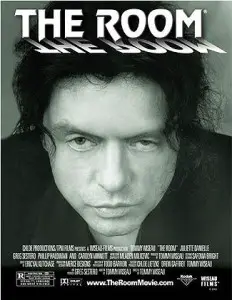
The Room is an American film written, directed, and produced by Tommy Wiseau. It starred Tommy Wiseau, Juliette Danielle, Greg Sestero, and others. The film was about a banker, Johnny, who lived in San Francisco along with his fiance Lisa. The relationship, though quite warm in the beginning, was gradually marred by Lisa’s declining interest which she confided to her mother and friend. She started taking interest in Johnny’s best friend, Mark, who was reluctant initially but was finally seduced by Lisa. Lisa’s infidelity is disclosed through a tape recording. The film was initially considered as one of the worst films ever made but received some favorable comments afterwards.
7. Dead Ringers
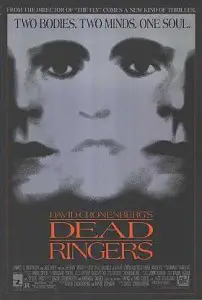
Dead Ringers is a psychological film based on the novel Twins by Barry Wood and Jack Geasland. It was directed by David Cronenberg and produced by Marc Bovman. Its stars included Jeremy Irons and Genevieve Bujold. The film was released September 23, 1988. The story was about Elliot and Beverly Mantle who were identical twins and successful gynecologists. Elliot was more aggressive of the two and seduced the women. After being bored with them, he handed them over to Beverly, and the victims never recognized them until an actress, Claire, came to know of the deceit on the part of Elliot. This caused a rift among the brothers and a sharp decline in their practice. The film is full of weird, gynecological instruments and a bizarre exhibition of distorted, female organs.
8.Reservoir Dogs
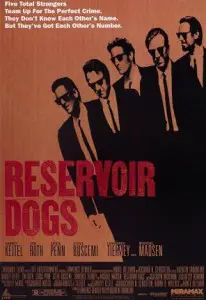
Reservoir Dogs is an American film written and directed by Quentin Tarantino and produced by Lawrence Bender. It’s starring cast included Harvey Keitel, Tim Roth, and others. The film was full of violent crime, excessive profanity, and pop culture. In a weird scene, Mr. Blond slashed Nash’s face with a razor and cut his right ear. He sprayed gasoline on Nash, but before he could ignite it, Mr. Orange shot him dead. The film is full of similar bizarre and criminal scenes.
9. Pi
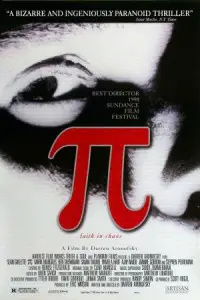
Pi, the mathematical constant, is the title of a weird, American film categorized by some as falling under surrealist, psychological thrillers. It was written, directed, and produced by Darren Aronofsky. The story of the film revolved around the protagonist Maximillian Cohen, who was a number theorist and believed that everything, even the Torah, could be interpreted in terms of numbers. He was unsocial and suffered from severe headaches, but he could solve complex mathematical operations with remarkable ease. He started working with people at the stock market and sometimes made precise predictions in an inexplicable way.
10. Idioterne
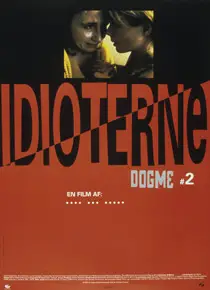
Idioterne, meaning ‘the idiots,’ is a Danish comedy film written and directed by Lors Von Trier and produced by Vibeke Windelov. The film is the second of Tier’s Golden Heart triology. The film was about a group of intelligent people who behaved like disabled or mentally retarded individuals. They felt that society underrated their intelligence and was indifferent towards them. To draw the attention of society towards them, they resorted to bizarre behaviors. The film was presented at the 1998 Cannes Festival and won many awards. On account of its explicit sexual content, it was an adult-only film in some countries.










Leave a Reply